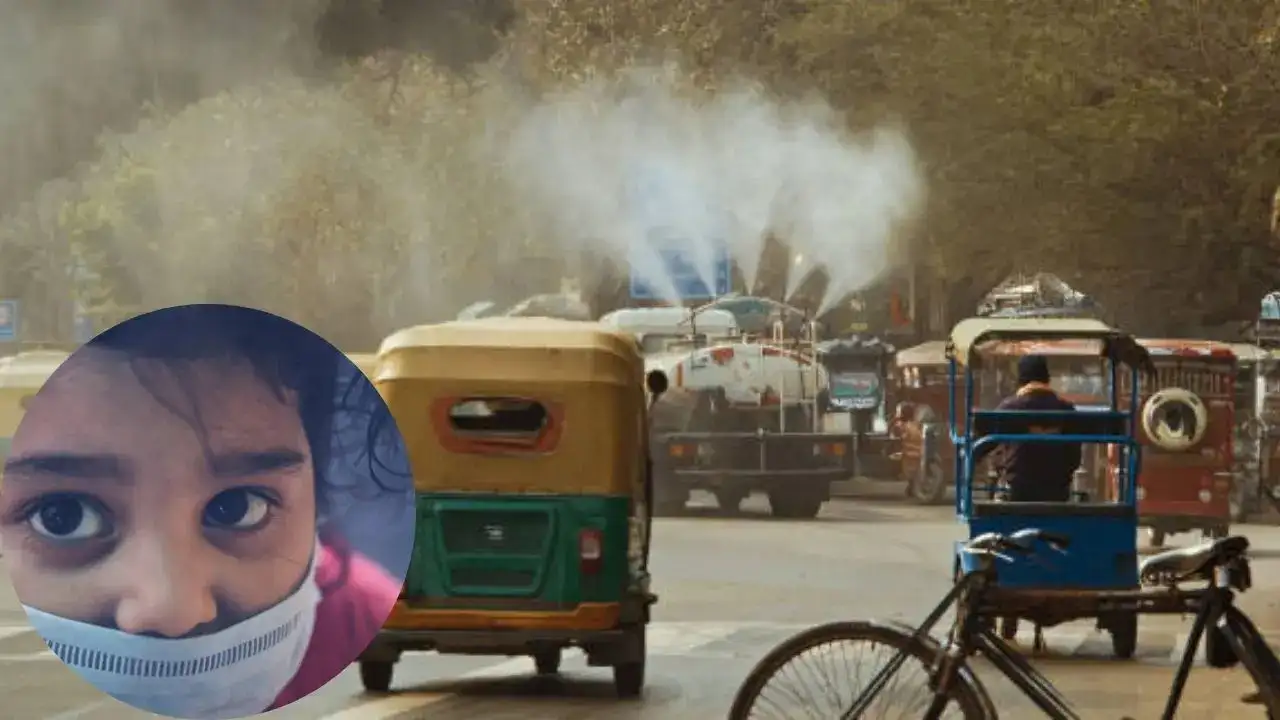Copyright timesnownews

As the Delhi government prepares for its first-ever unprecedented environmental experiment known as the artificial rain on October 29, speculations are rife as to how it will improve the national capital’s air quality and lower toxic pollution levels, which have made it almost impossible to breathe ever since Diwali. According to experts, the poisonous air currently is significantly impacting human health – leading to severe respiratory issues like asthma, bronchitis, and COPD, spiking the risk of cardiovascular diseases like heart attacks and strokes, and also contributing to lung cancer and premature death. Children are especially vulnerable, with potential effects on their development, while a high level of pollution can also lead to other systemic problems affecting the brain, skin, and other organs. What is artificial rain? Artificial rain will be orchestrated through cloud seeding, a project led by IIT Kanpur in coordination with the India Meteorological Department, which will artificially trigger rainfall over parts of Delhi. The initiative, according to experts, is a bold scientific attempt to tackle the city’s recurring pollution crisis. Artificial rain is a weather modification technique that enhances rainfall by encouraging condensation in clouds. It does not create rain but increases the likelihood of rainfall from existing moisture-packed clouds. Chemicals like silver iodide, potassium iodide, salt, and dry ice or frozen CO2 are the seeding agents that are released into the air with the help of planes, cloud seeding aircraft, and rockets. Scientists say silver iodide helps in the formation of ice crystals in cold clouds and allows the water to cling to them. And as precipitation increases, the droplets would grow larger – leading to rainfall. Will artificial rain be able to clean up pollution in Delhi-NCR? According to experts, how effective the initiative will be totally depends on the amount of moisture present in the cloud, wind, and temperature conditions, along with timing and type of seeding, and the size of the area that is being seeded. Studies say the benefits of cloud seeding have a huge range, from a 5 per cent to 20 per cent spike in precipitation. This process has been successfully implemented in many countries around the world, including China, the UAE, and parts of the United States, to increase rainfall. How will artificial rain improve health conditions? Experts believe artificial rain, if implemented successfully, has the power to wash down particulate matter and other pollutants, thereby providing temporary relief from severe air pollution. It can reduce extremely high levels of pollutants like PM2.5 and PM10 from the air, which improves the AQI and can help with breathing and respiratory issues. Limitations and considerations of artificial rain This step is considered a short-term solution, and experts caution that it does not address the root causes of pollution. Also, experts believe cloud seeding is a short-term intervention that may provide relief during periods of severe smog, but does not permanently fix Delhi's air pollution problem, which has increased more than 90 per cent of cases of health problems, especially in children, the elderly, and pregnant women.



